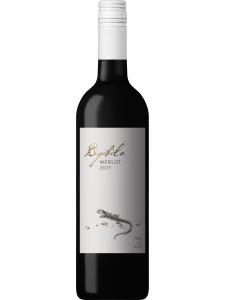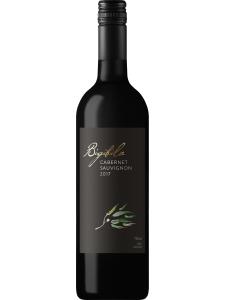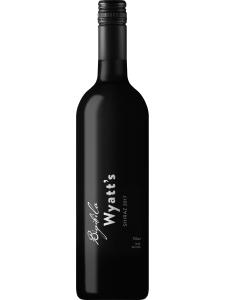Pyrenees is a wine-producing region in the western part of Victoria, near the southern coast of Australia. Dotted with high-quality boutique wineries, the region is known for its cool-climate styles of Shiraz, as well as sparkling wines made in the traditional style from Pinot Noir and Chardonnay. It is named for the Pyrenees mountain range in Europe, as early settlers thought that the hills here resembled those that separate France and Spain.
The Pyrenees GI (Geographical Indication), created in June 2000, covers a rectangular area between St. Arnaud in the north and Lexton in the south – a distance of about 50 miles (80km). Most of the region's winegrowing activity is focused within the Moonambel area in the center of the GI. Vines have been planted here for more than 150 years, although Pyrenees showed little consistency as a producer of high-quality wines until the mid-to-late 20th century.
The Pyrenees hills – a southwesterly extension of the Great Dividing Range – are less rugged than their western neighbors, the Grampians, reaching around 2600ft (800m) at their very highest. The best vineyards are found at reasonably low altitudes that range between 650 and 1500ft (200–450m) above sea level, where the mesoclimate suits grape growing.
The climate here is much drier than in the coastal areas to the south, but it does not have the intense heat associated with Victoria's most northerly vineyards in the Murray Darling wine region. This means that the Pyrenees growing season enjoys high sunshine intensity and duration, but without the summer afternoon burn that can cause vines to shut down entirely. In fact, cooler evenings help to lengthen the growing season, ensuring grapes have plenty of time to develop rich flavor without losing acidity, and moderate rainfall throughout the year helps keep vines healthy and strong. Irrigation is important as a safeguard against extended periods without rain, although some braver vignerons prefer to dry-farm their vineyards to increase flavor concentration in the grapes.
The Pyrenees region has a wealth of different soil types, and careful consideration is undertaken before vineyards are planted. Sandstone and quartz are found in the foothills, as well as sandy clays and loams. Generally, vineyards are planted on sites where the topsoil is free draining, but the clay beneath is able to store moisture. Vines accessing water further in the soil can also access minerals and nutrients deeper in the ground.
Along with Shiraz and sparkling wines, growers in the Pyrenees have a wide range of grape varieties to draw upon, making wine styles that are savory and spicy, and perhaps more restrained than those most often associated with Australia. Cabernet Sauvignon and Merlot are found in the region's vineyards, the former often blended with Shiraz to make a quintessentially Australian blend. Chardonnay is often produced as a still wine, and there are even a few Pyrenees examples of Sauvignon Blanc.




